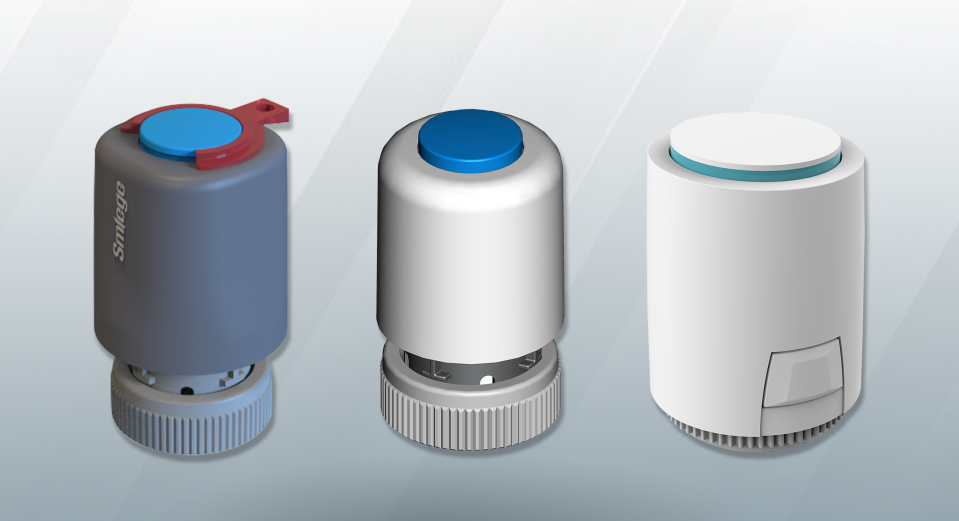Thermal actuator is a device that converts thermal energy into mechanical energy. The thermal actuator is used in heating, ventilation and air conditioning (HVAC) systems to control the temperature of a room. A thermal actuator is usually made up of a thermally sensitive material (thermistor) which changes its resistance with temperature.. They are also used in marine and aerospace industries for controlling the temperature of the engines.

Advantages of Thermal Actuators:
Thermal actuators are simple devices and have many advantages over other types of actuators. Some of the advantages of thermal actuators are:
Low cost: Thermal actuators are economical devices which can be easily mass-produced at low cost. They are easy to use and require less maintenance. They do not require special handling unlike other types of actuators. They can be easily integrated into a system without any additional wiring or control circuitry.
Simple design: The design of thermal actuator is simple as compared to other types of actuators such as pneumatic and electric ones. It is easy to design and fabricate a thermal actuator as it does not require complex circuitry or electrical connections. It does not have any moving parts and hence does not wear out easily and has longer life span as compared to other types of actuators. Small size: The size of a thermal actuator is small and it can be easily integrated into different systems such as HVAC systems, air conditioning systems, refrigeration systems etc. The small size makes it ideal for use in applications where space is limited or where space-saving devices are needed such as in automobiles, aircrafts etc. Thermal actuators can be designed in different sizes depending upon their application requirements such as linear, rotary etc.
High accuracy: Thermal actuators have high accuracy in comparison to other types of devices due to their simple design and construction without any moving parts or complex circuitry required for their operation. This makes them suitable for use in applications like air conditioning units, refrigeration units etc where accurate temperature control is required for cooling or heating purposes Energy efficient: Thermal actuators consume less energy than other types of actuation devices which consume more electricity/fuel during operation due to their moving parts/complex circuitry required for their operation . This makes them more energy efficient than other types of actuation devices . As they do not have any moving parts they do not wear out quickly unlike other actuation devices which have moving parts that wear out with time/usage . As they do not have any moving parts they do not need lubrication which saves cost on lubricants/oil . These factors make them more energy efficient than other actuation devices .
Thermal Actuator Applications:
Air conditioner conditioning system : Air conditioners use thermal actuation technology to control the temperature inside the rooms by using thermistors which change its resistance with temperature thereby controlling the flow rate through the vents inside the room so that the room temperature remains constant at desired level .
Refrigeration System : Refrigeration systems also use thermal actuation technology to control the temperature inside the refrigerator by using thermistors which change its resistance with temperature thereby controlling the flow rate through the vents inside the refrigerator so that the food inside remains fresh at desired level . Marine Systems : Marine systems also use thermal actuation technology to control the temperature inside ship cabins by using thermistors which change its resistance with temperature thereby controlling the flow rate through vents inside cabins so that cabin temperature remains constant at desired level .
Automotive Systems : Automotive systems also use thermal actuation technology to control the temperature inside car cabin by using thermistors which change its resistance with temperature thereby controlling the flow rate through vents inside car cabin so that car cabin temperature remains constant at desired level . Aerospace Systems : Aerospace systems also use thermal actuation technology to control the temperature inside aircraft cabins by using thermistors which change its resistance with temperature thereby controlling the flow rate through vents inside aircraft cabins so that aircraft cabin temperature remains constant at desired level .





